Help students to develop a conceptual understanding of factors, multiples, comparing numbers, and multiplication of multi-digit numbers with this multiplication unit!
This individual unit is also available in my 4th Grade Math Bundle.
The multi-digit multiplication resource includes four weeks of math instruction with detailed and easy to follow lesson plans. The hands-on lessons are designed to give students a solid foundation with factors and multiples, prime and composite numbers, multiplication word problems, and multiplicative comparison. The other emphasis of the unit is multiplying 2-digit, 3-digit, and 4-digit numbers by 1-digit numbers, as well as multiplying 2-digit numbers by 2-digit numbers. Students use area models and partial product to solve these multi-digit problems.
In this multiplication unit you will find highly engaging and relevant math activities that can be taught in any math class.
What’s Included?
- Unit at a Glance
- 25 Lesson Plans that include performance tasks
- 20 Skill Building Worksheets
- 3 Games (including Multiples Puzzle, Color the Factors, and Number Riddle Task Cards)
- Answer Keys
Table of Contents
Pg. 4-5 Lesson 1-What are Multiples
Pg. 6-10 Lesson 2-Multiples Booklet
Pg. 11-13 Lesson 3-What are Factors
Pg. 14-15 Lesson 4-Rolling Factors and Multiples
Pg. 16-17 Lesson 5-Prime and Composite Numbers
Pg. 18-19 Lesson 6-Multiplication as Comparison
Pg. 20-21 Lesson 7-Roll and Compare
Pg. 22-23 Lesson 8-Comparing With 2-Digit Numbers
Pg. 24-25 Lesson 9-Multiplication Scavenger Hunt
Pg. 26-27 Lesson 10-Multiplicative vs. Additive
Pg. 28-30 Lesson 11-Using the Area Model
Pg. 31-32 Lesson 12-Partial Products
Pg. 33-34 Lesson 13-More Area Models
Pg. 35-36 Lesson 14-More Partial Product
Pg. 37-39 Lesson 15-Multiplication Algorithm
Pg. 40-43 Lesson 16-Multiply 2-Digit Numbers by Multiples of Ten
Pg. 44-46 Lesson 17-Expanding Area Models
Pg. 47-49 Lesson 18-Expanding Partial Product
Pg. 50-51 Lesson 19-Roll and Multiply
Pg. 52-53 Lesson 20-Spin and Multiply
Check out these other 4th Grade Math Units!
- Unit 1 Place Value and Rounding Unit
- Unit 2 Addition and Subtraction Unit
- Unit 3 Multiplication Unit
- Unit 4 Division Unit
- Unit 5 Fraction Unit
- Unit 6 Decimal Unit
- Unit 7 Geometry Unit
- Unit 8 Measurement Unit
Standards Taught
- 4.OA.1-Interpret a multiplication equation as a comparison, e.g., interpret 35= 5 × 7 as a statement that 35 is 5 times as many as 7 and 7 times as many as 5. Represent verbal statements of multiplicative comparisons as multiplication equations.
- 4.OA.2. Multiply or divide to solve word problems involving multiplicative comparison, e.g., by using drawings and equations with a symbol for the unknown number to represent the problem, distinguishing multiplicative comparison from additive comparison
- 4.OA.4. Find all factor pairs for a whole number in the range 1–100. Recognize that a whole number is a multiple of each of its factors. Determine whether a given whole number in the range 1–100 is a multiple of a given one-digit number. Determine whether a given whole number in the range 1–100 is prime or composite.
- 4.NBT.5. Multiply a whole number of up to four digits by a one-digit whole number, and multiply two two-digit numbers, using strategies based on place value and the properties of operations. Illustrate and explain the calculation by using equations, rectangular arrays, and/or area models.
Total Pages: 214
File Size: 21 MB


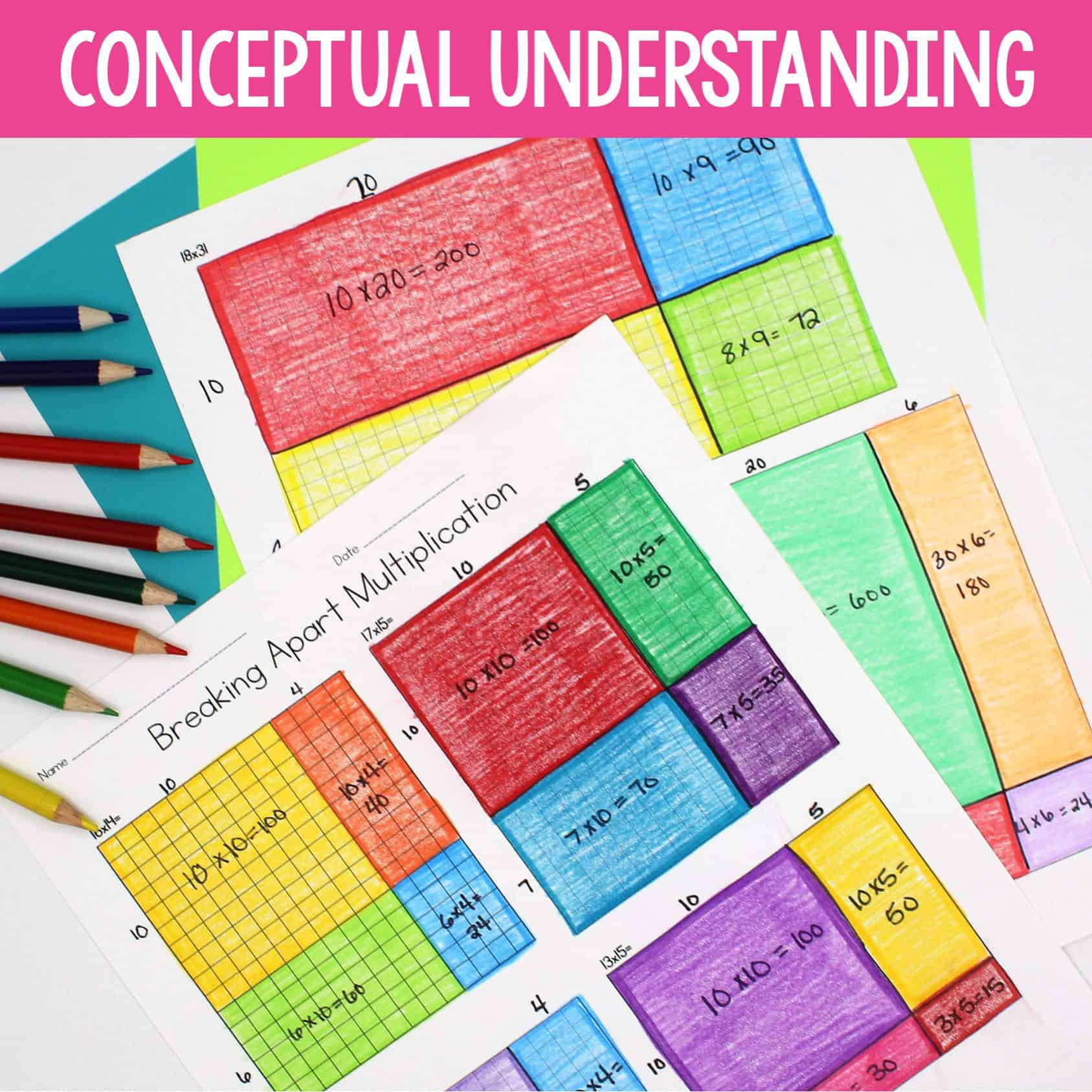
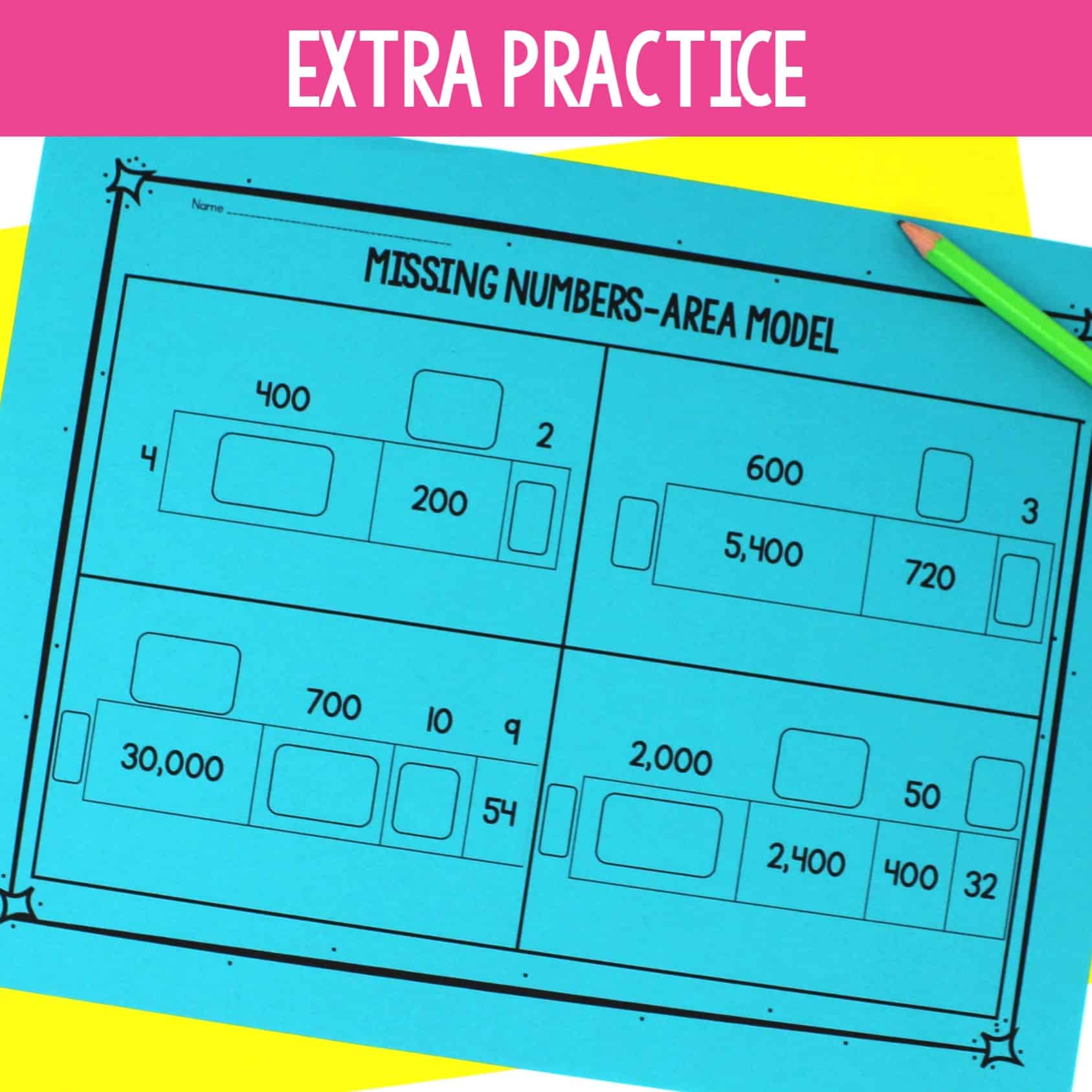
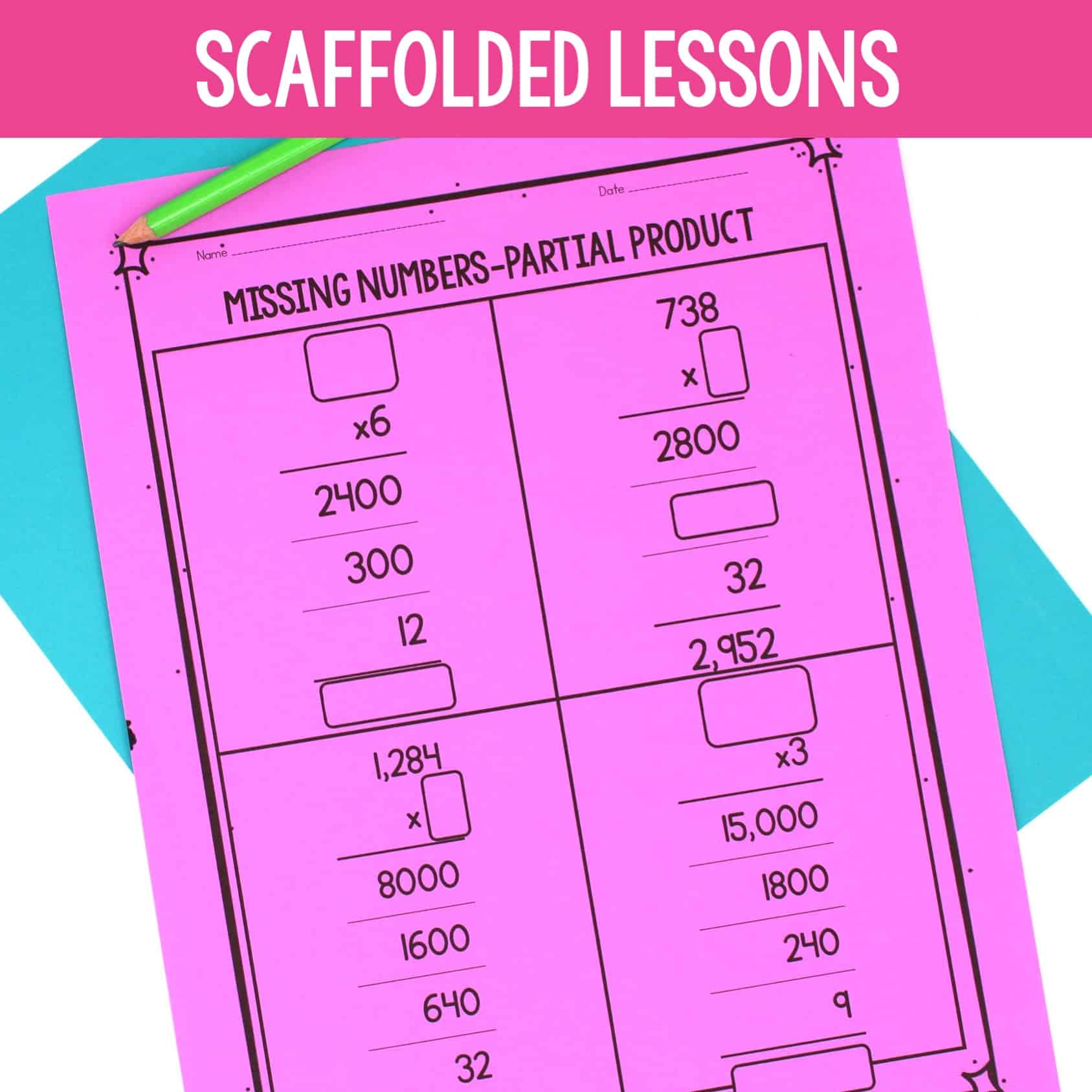
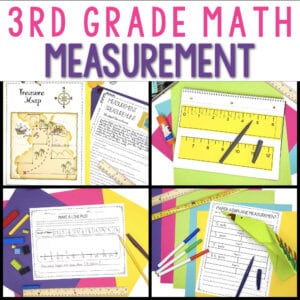
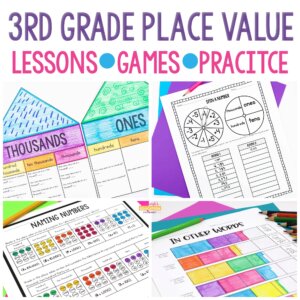
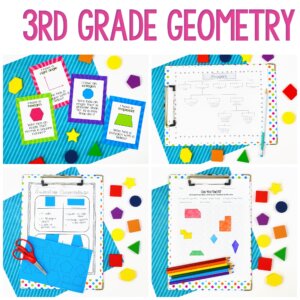
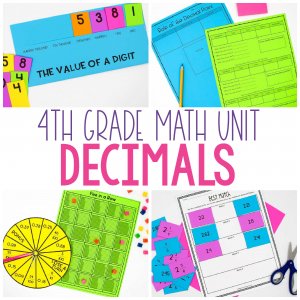
Reviews
There are no reviews yet.